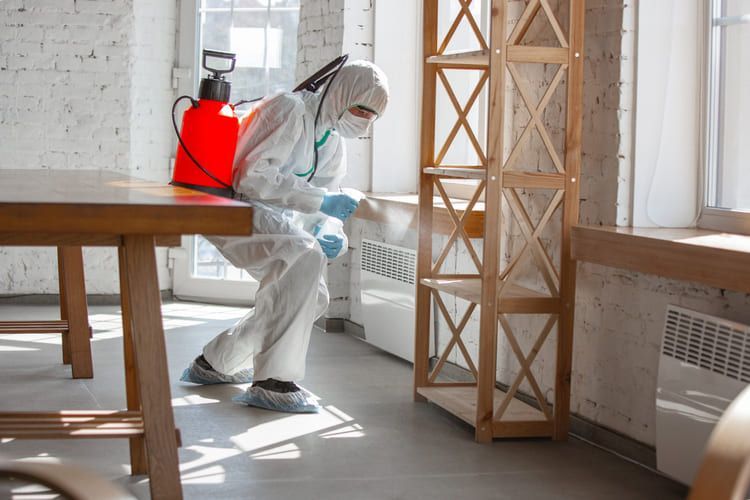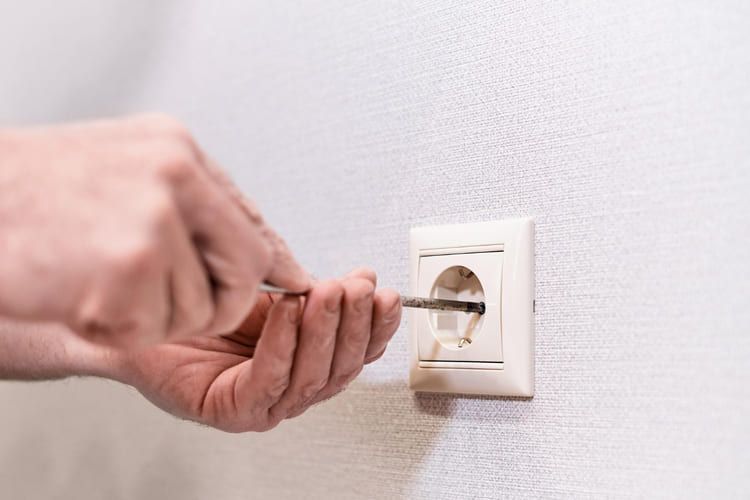Common Problems Found During a Home Inspection

Perhaps for some, there’s nothing more nerve-wracking than the thought of finally owning a home. Of course, it’s for all the good reasons. Home buying can hype you up with a roller coaster of emotions. After years of saving up for down payment and other mortgage fees, you’re a step closer to finally having a place to call your own. Whether you’re buying a newly built modern home or a fixer-upper that was built in the 60s, the truth behind walls is paramount. What’s the best way to get the lowdown of your potential home?
A home inspection. Because the truth is, a home inspection will discover things even the seller didn’t know existed. For sure, you wouldn’t want to move into a premise of issues and defects.
In fact, we’ve compiled some of the problems commonly found during a home inspection. We want to arm you with proper information to help you evaluate your potential purchase.
1. Water problems. Water is on top of the list for so many reasons.
Grade sloping is were draining is towards the home instead of away from the home. This could lead to a damp basement or crawl space and ultimately cause foundation problems. Apart from that, it could rot the walls, and eventually make room for mold buildup and growth. Some indications of foundation movement include doors that have uneven gaps at the top when closed or even floors that are visibly out of level. If not taken care of right away, the problems can add up quickly just as the repair costs would.
2. Roofing problem.
After years of keeping the entire house dry, the roof material ages and succumb to water intrusion. This often leads to expensive repairs and replacement.
3. Style vs the materials used.
A combination of styles and look makes a cool, contemporary house with a hint of the olden days. However, if you plan to buy a home, it’s best to look for consistency in terms of architectural style and building materials being used. Sometimes, unauthorized modification can bring about costly repairs in the end.
4. Faulty wiring.
Unfortunately, while modern homes have an ample supply of power and electrical outlets, old homes do not. It’s not uncommon to see extension cords running between rooms. Problem is, this is considered a fire hazard as it places a burden on the electrical system, outlets, and cords. Another common problem found in all ages of a home is exposed the wiring. Any exposed electrical wire should be considered a top priority and must be corrected by a licensed electrician.
5. The year the house was built also offers a handful of issues when it comes to potentially hazardous components.
The 1900s to 50s: Knob and tube wiring consists of fuse and fuse boxes. Unfortunately, these components are already considered outdated and risky to cover modern-day loads.
1942 to 1958: What’s popular during these years is the Orangeburg sewer piping. This piping line is made out of papier-mache out of necessity during World War II. If the pipes of the home you plan to buy with Orangeburg piping have not failed yet, you’re in luck. But it doesn’t mean it won’t.
1984 to 1990: ABS piping made out of recycled plastic tends to crack within glue joints and would be extremely costly to replace.
1990 to 2000: A thorough home inspection can help detect a NOX Rod consolidated furnace.
To sum it up, some of the most common problems found during a home inspection are moisture, toxic mold, drainage, piping materials, plumbing defects, and faulty electrical wiring.











